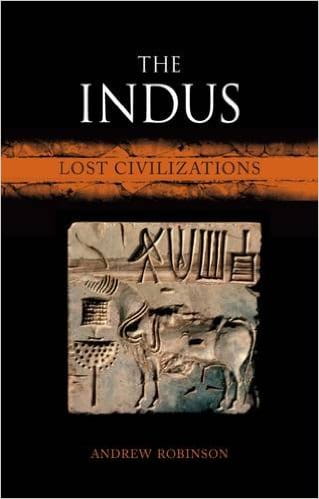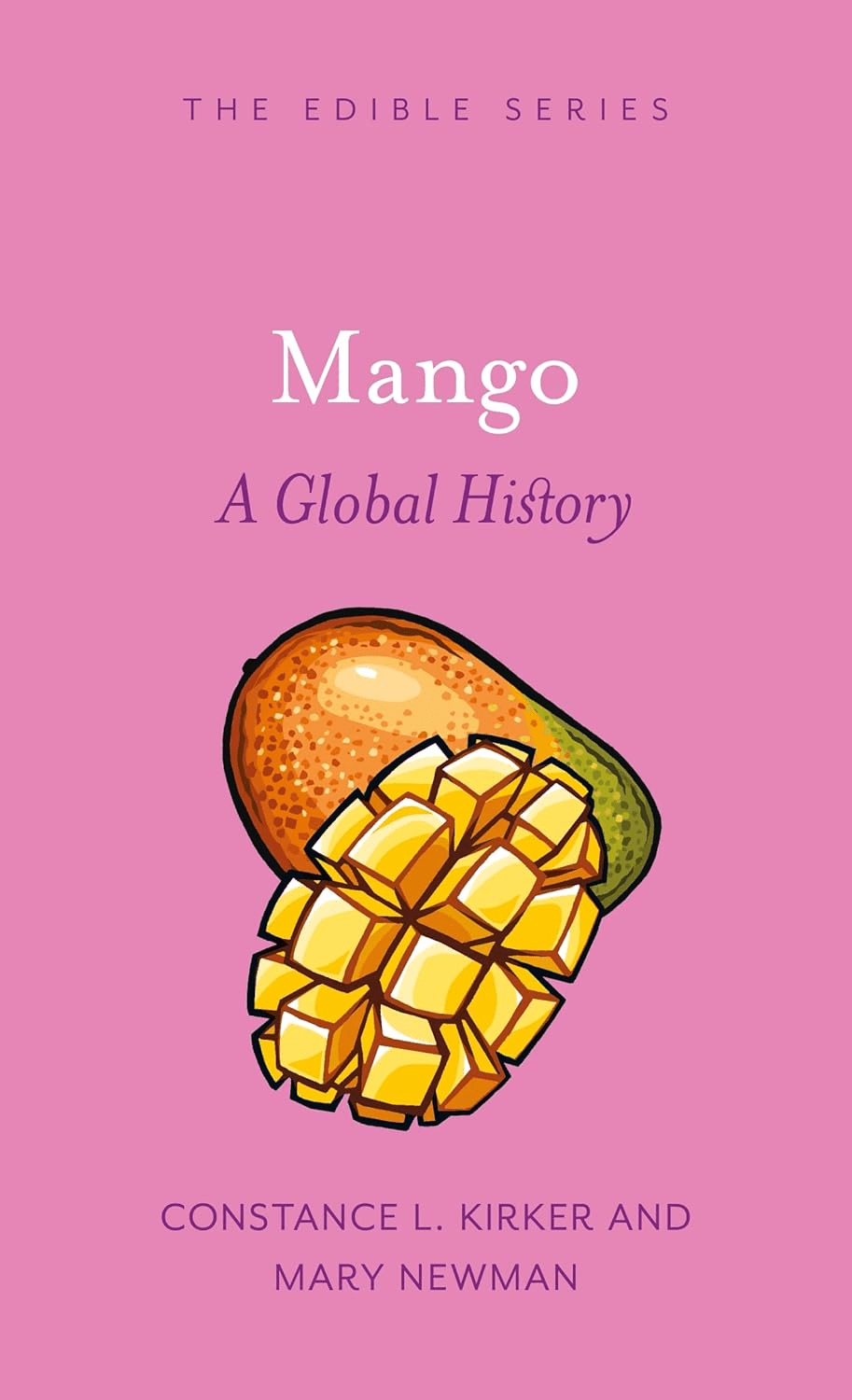
The Indus: Lost Civilizations
Graham Chandler
Andrew Robinson
2015, Reaktion Books, 978-1-78023-502-8, $25, pb.
The Indus or Harappan civilization, the third oldest after those of Mesopotamia and Egypt, astounds. This peaceful, egalitarian, technologically sophisticated trading empire of around one million thrived from about 2600 to 1900 BCE in more than 1,000 settlements spread over 800,000 square kilometers of what is now Pakistan, northeastern Afghanistan and the Indian states of Gujarat, Rajasthan, Haryana and Uttar Pradesh. Its two largest cities, Harappa and Mohenjo-Daro, each held 50,000 residents, rivalling Mesopotamia’s Ur, the largest city of the time; and they outclassed it with advanced water and sewer systems. Regular trade networks stretched overland and along the Persian Gulf as far as Mesopotamia. Robinson presents no new theories here; he draws on the works of leading Indus scholars to compose a compact, highly readable and well-illustrated picture of the civilization from genesis to puzzling decline, and legacies including aspects of Hinduism and today’s boats and carts. At a generalist level, he delves into all facets of the society including, importantly, a solid chapter on main attempts at deciphering the elusive Indus script which, if any succeed, will unlock many of the civilization’s mysteries.
You may also be interested in...
.png?cx=0.45&cy=0.59&cw=382&ch=519.4922937443337)
New Book Decodes Mystery Behind Sixth Century Mosaic Pavement
Jane Chick’s 2024 study on enigmatic Libyan mosaic bridges Late Antiquity Roman and early ecclesiastical art.
Book ‘s Take on Mangos Serves Up a Curious Mix of Food and History
Constance L. Kirker and Mary Newman trace mango’s cultural and culinary significance around the world.